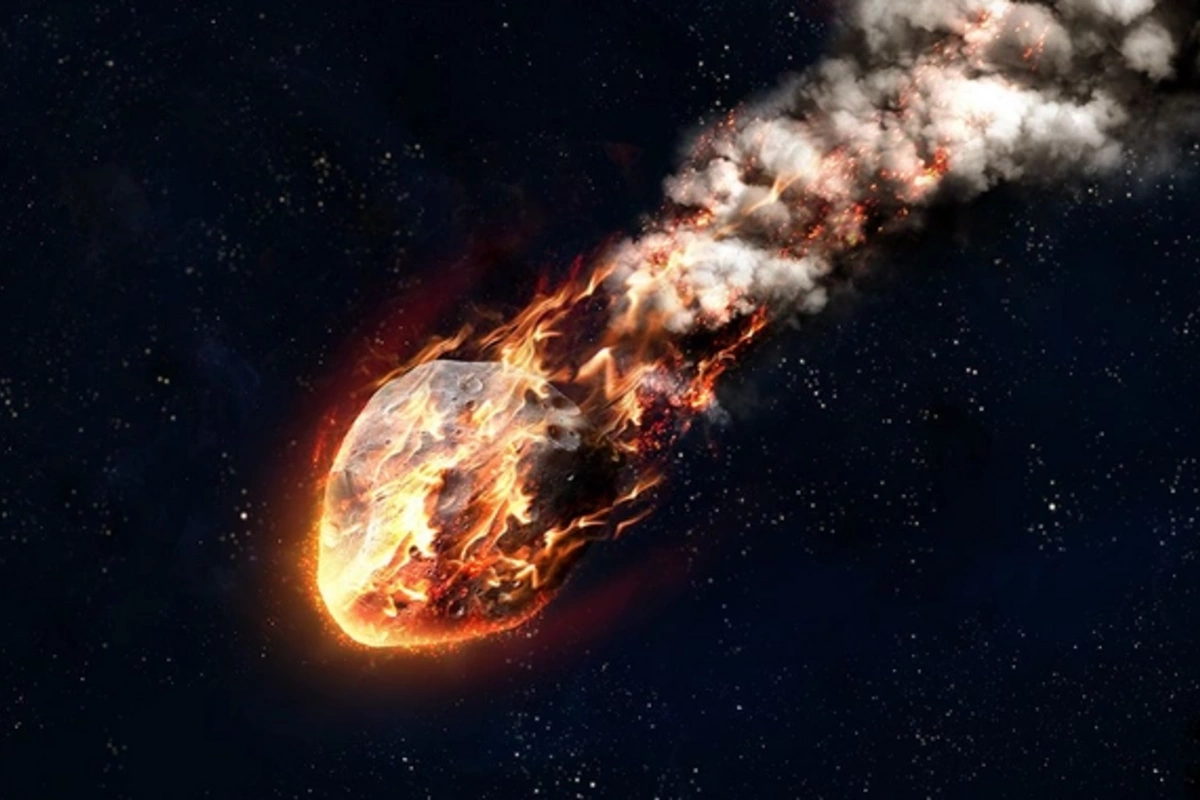24 Apr , 18:55
2

30-year-old space mystery solved: scientists discover why carbonaceous meteorites hide traces of collisions
Researchers from Kobe University have unveiled a long-standing mystery of cosmic wanderers. It turns out that carbonaceous meteorites didn't experience softer impacts, but simply "erased" their cosmic history thanks to a unique chemical process. The revolutionary discovery, published in the prestigious journal Nature Communications, could change our understanding of the dwarf planet Ceres.
Astrobiologists and planetary scientists have been puzzling for decades over a mysterious phenomenon: why carbonaceous meteorites show almost no signs of shock metamorphism - characteristic structural changes after powerful cosmic collisions. It created the impression that these celestial bodies moved at lower speeds, although there was no scientific evidence for such a hypothesis.
Physicist Kosuke Kurosawa decided to get to the truth using a high-tech experiment. Using a two-stage light-gas gun, he simulated cosmic collisions and collected the gases formed during impacts, carefully excluding any external interference. The results were astonishing: during collisions in samples mimicking carbonaceous meteorites, chemical reactions were triggered, releasing hot carbon monoxide and carbon dioxide gases.
The powerful explosion caused by these gases literally catapulted severely damaged meteorite material into open space. This mechanism explains the apparent "invulnerability" of carbonaceous meteorites: their battle scars simply disappear along with the ejected rock. At the same time, meteorites without carbon are not subject to such chemical transformations, and traces of cosmic battles remain imprinted on their surface.
However, on larger celestial bodies, such as Ceres, gravitational attraction may be powerful enough to return the ejected material back to the surface.
"We believe that the surface of Ceres may be covered with traces of ancient powerful impacts," added Kurosawa. "This makes it an excellent target for the next space mission."